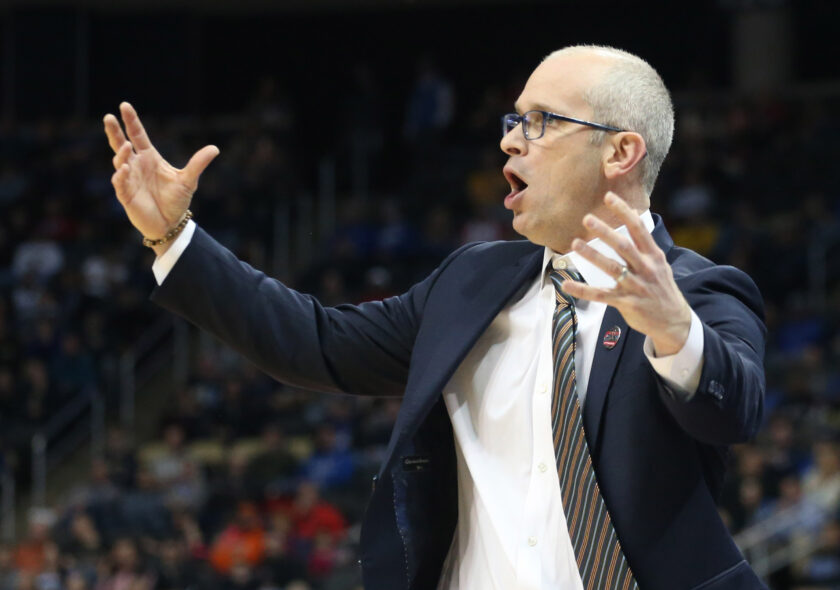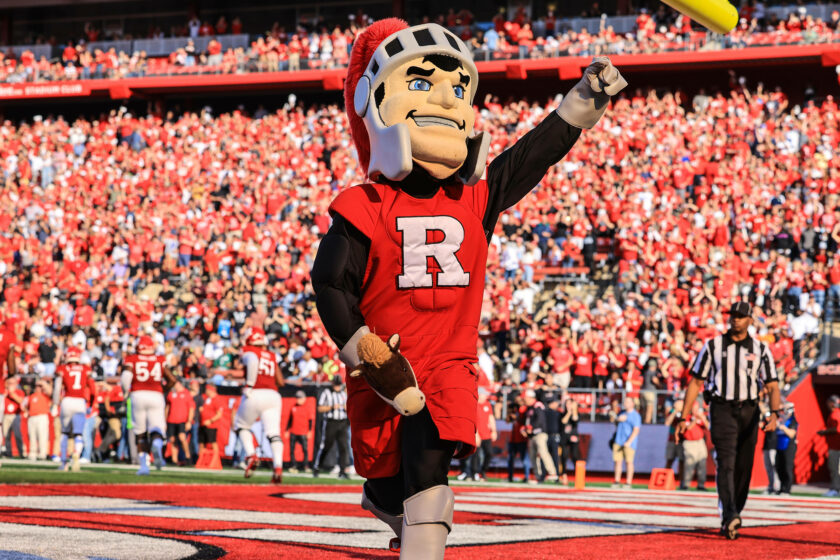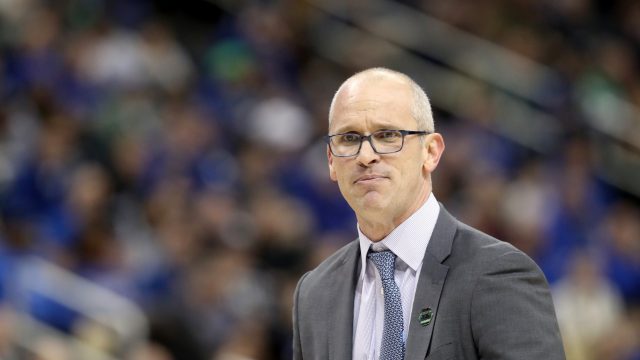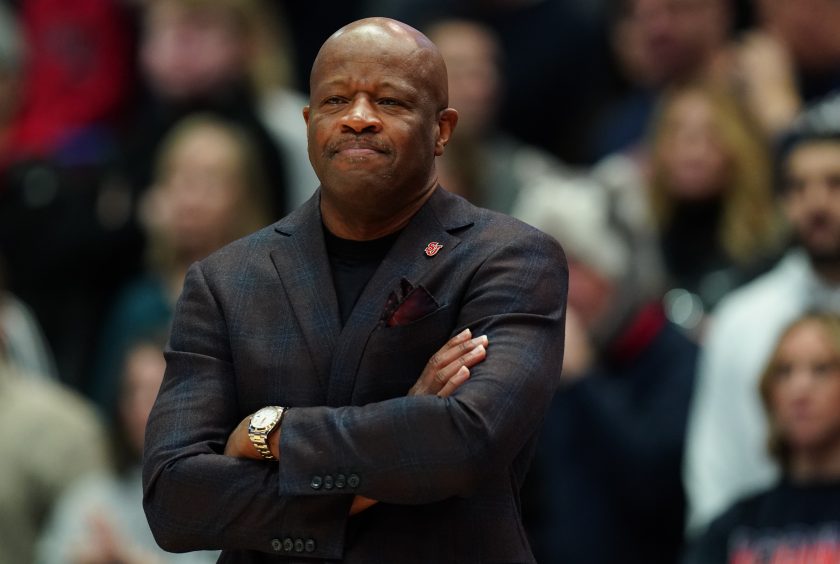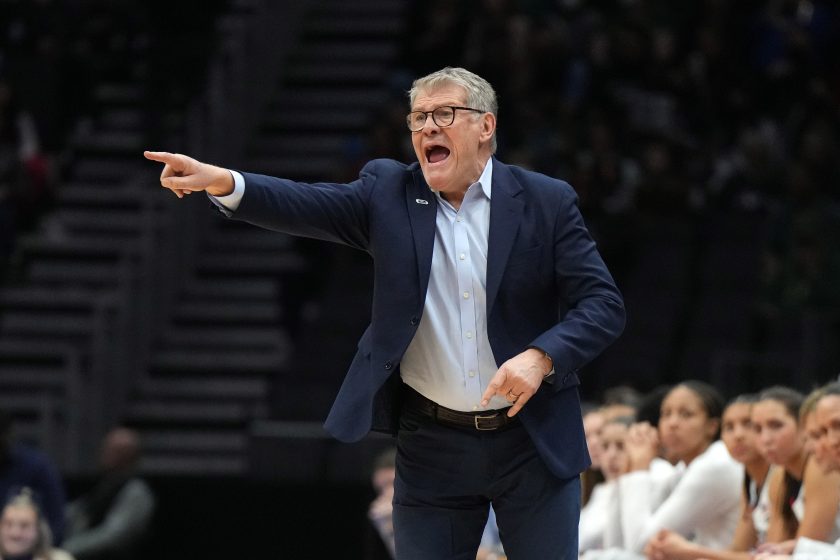St. John’s Red Storm: Secondary Scoring Key To Success In 2017-18
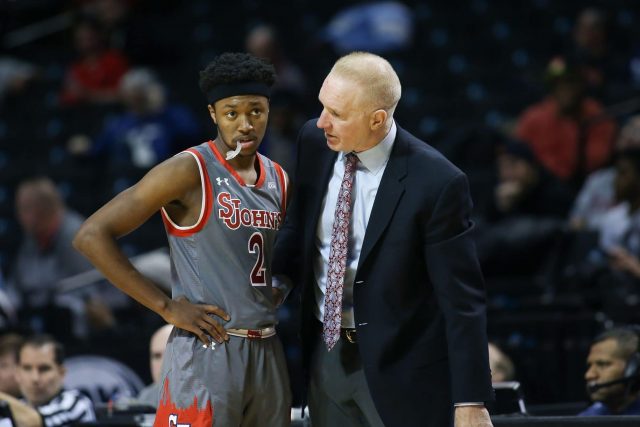
Shamorie Ponds and Marcus LoVett are the main scorers for St. John’s, but who else can provide secondary scoring this season?
[dropcap]L[/dropcap]ast season, the St. John’s Red Storm had three players—Shamorie Ponds (17.4), Marcus LoVett (15.9) and Bashir Ahmed (13.4)—average double-digit points. Thanks to their efforts, the Johnnies finished the season as the Big East’s fourth-highest scoring team.Not only was that trio the team’s leading scorers, but they were the only three to take at least 200 shots on the season. With the departures of Federico Mussini, Malik Ellison and Yankuba Sima, the next-highest returning scorer is Tariq Owens, who averaged just 5.2 points per game.
Does St. John’s have anyone who can provide additional scoring this season? A player who can further enhance their offense and take some of the pressure off of Ahmed, Ponds and LoVett?
One name to keep an eye on is redshirt junior transfer Marvin Clark Jr. from Michigan State. A 6-foot-7, 230-pound forward, Clark Jr. never had the chance to be a featured player for the Spartans because of the depth and talent on Tom Izzo’s squad. But, two years ago, he was 11-for-26 from three-point range in a small sample size. He’s got plenty of skill.
As Jon Rothstein of FanRag Sports tweeted last week, he can be used in different ways in Chris Mullin’s offense:
Marvin Clark could be the Big East's next James Farr. MSU transfer is capable of being a power 3-man or a stretch 5. Lefty. Skilled. #SJUBB
— Jon Rothstein (@JonRothstein) October 12, 2017
Farr is a good example of how more playing time could lead to an increase in scoring. In his freshman year at Xavier, Farr only scored 16 points for the entire season. In his senior season of 2015-16, he averaged 10.7 points per game (fourth-highest on the team), 7.8 rebounds per game (the team leader) and was a key piece of a 28-win squad that wound up as the East region’s second seed in the NCAA Tournament.
As far as any underclassmen that can provide a scoring spark, freshman guard Bryan Trimble Jr. is the player to watch. As a senior at Sunrise Christian Academy (Kansas), he shot 45 percent from beyond the arc last season. Will those numbers translate to the college game? It will be interesting to watch considering the team doesn’t have a single player returning that shot over 40 percent from downtown a year ago.
Since St. John’s appears to lack big-time scoring options in the frontcourt at the moment, they will probably rely on their trio of guards to put the ball in the basket. As the year goes on, the key will be to establish Clark and Trimble—and hopefully others—as legitimate scoring threats on the floor.
If the big three for St. John’s can maintain or build upon their scoring from last season—all three finished among the conference’s top 20 in points per game—their offense should be in good shape. If you look at the top three offensive teams in the Big East last year, only Marquette had more than three players in double figures (five), but they finished eighth in the league standings.
Scoring isn’t everything in college basketball, but St. John’s getting secondary points from their bench this season should lead to a more efficient offense, one that can maintain a lead when their top options are off the court getting some rest.
[sc name=”St. John’s Link Next” link=”https://elitesportsny.com/2017/09/14/st-johns-big-east-schedule/” text=”Schedule Features Plenty Of Challenges For Red Storm” ]I graduated from St. John's University with a degree in sports management. I previously wrote about the Johnnies at Rumble In the Garden.

